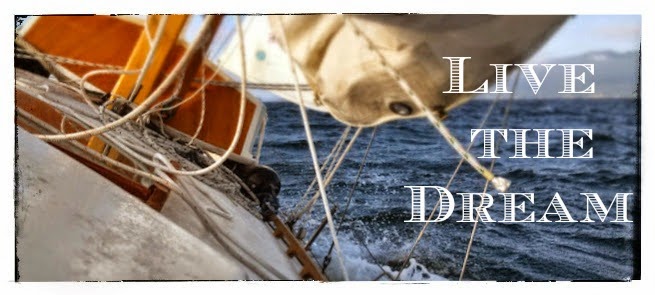One extra bonus this trip has afforded us is a deadline. We really wanted to get the fiberglass on the boat before the beach trip. And a few hours ago we wrapped up the last of the big fiberglass work on our now shiny hull. Nothing like a little pressure to make you pull 14 hour days.
We wear tyvek suits to keep the copious amounts of epoxy, I bought the smallest size they had, I don't think a lot of girls do this kind of work.
We wet out the hull with a saturation coat first. Then we apply the fiberglass fabric, followed by another pass of epoxy to saturate the glass. The glass we are using is a 9oz tight weave. Which means that it weighs 9oz per yard and the tight weave just gives it better resistance to abrasion. The glass on our boat is non structural, it will strengthen the boat some, but it is primarily for abrasion resistance and water barrier. The glass usually needs a considerable amount of work once its saturated. Here I'm using a special ribbed roller to chase out air bubbles caught under the fabric.
The good old Tartan 27 that is being slowly cut apart in the parking lot was in much worse shape than I was told. Luckily it doesn't matter, but you can see in this picture that when I cut open the decks water was pouring out.
Hoping for Surf, Cody and Beth


